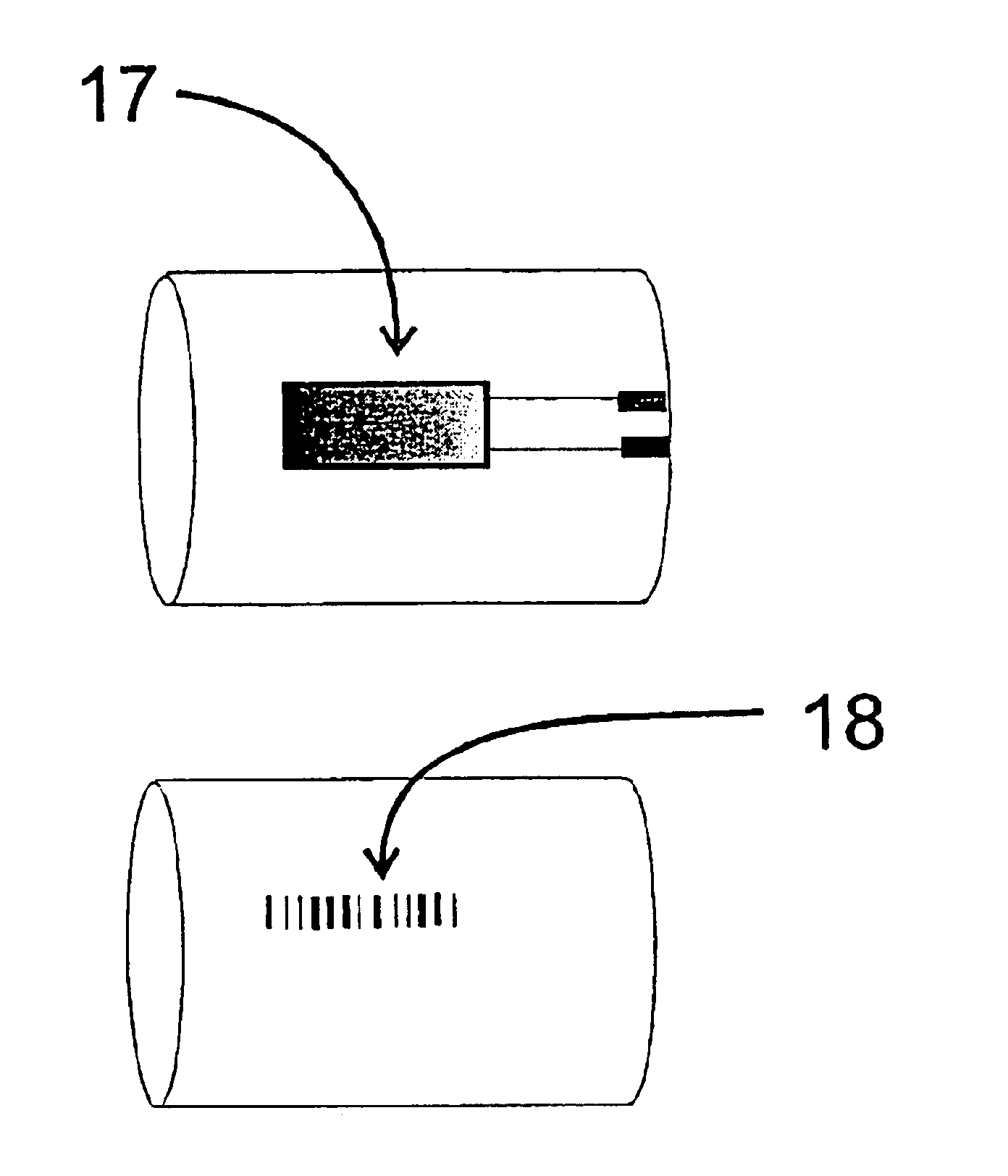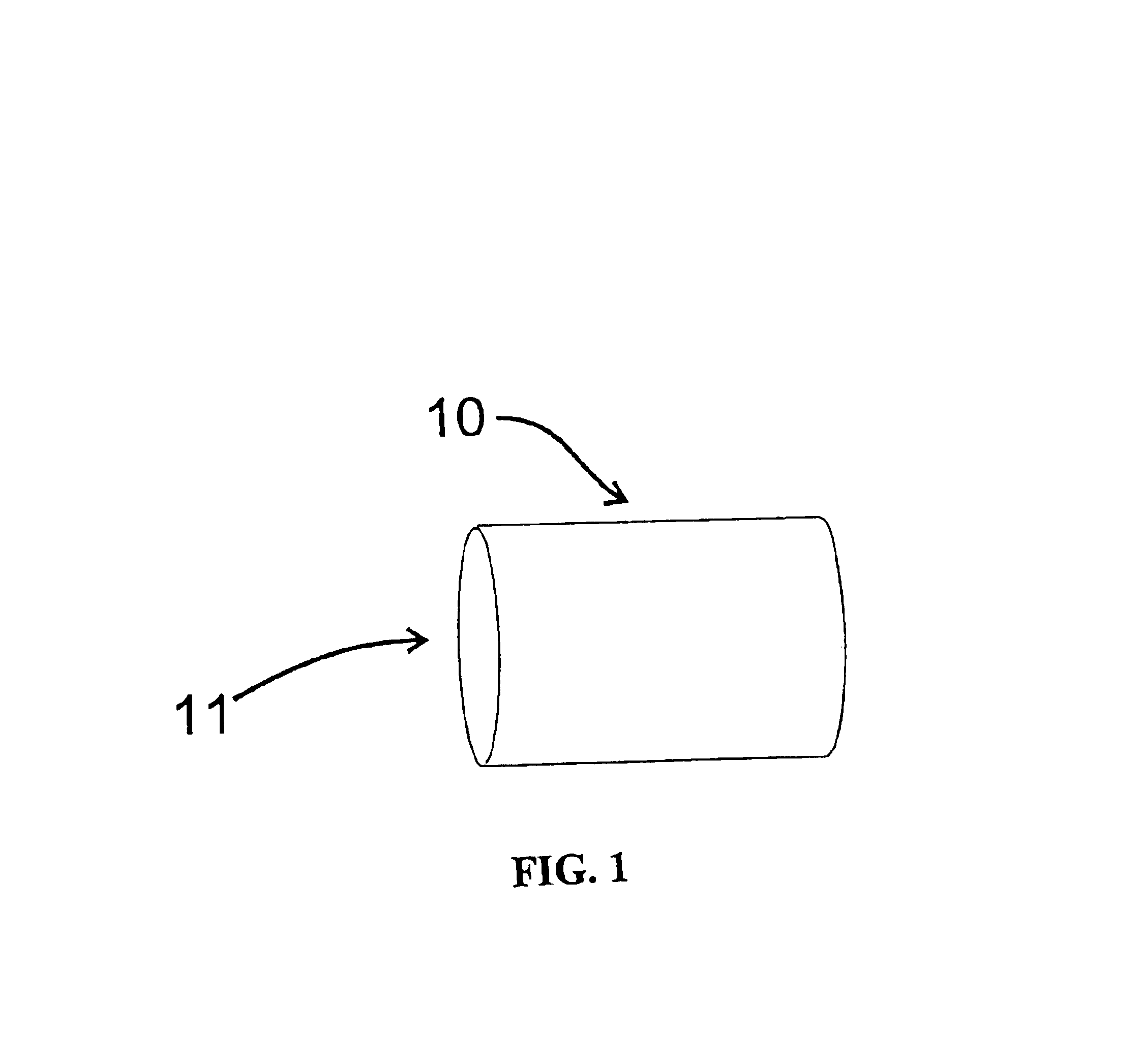Optical probe accessory device for use in vivo diagnostic procedures
an optical probe and accessory device technology, applied in the direction of spectroscopy, catheters, instruments, etc., can solve the problems of affecting the development of optical probes for clinical use, affecting and affecting the patient's comfort, so as to maximize patient comfort, optimize light transmission, and avoid sacrificing the quality of optical data obtained
- Summary
- Abstract
- Description
- Claims
- Application Information
AI Technical Summary
Benefits of technology
Problems solved by technology
Method used
Image
Examples
Embodiment Construction
Because an accessory device according to the invention complements the function of an optical probe such accessory devices provide more than merely a sheath for an optical probe. An accessory device of the invention comprises a number of optional features which a user can select in optimizing the accessory device to suit a particular application. Any or all of these options can be present in an accessory device according to the invention. Because of the many permutations of accessory devices which can be designed according to the invention, the optical probe itself acquires more versatility and can be used in a variety of diagnostic settings. It will be apparent to those of skill in the art after reading this disclosure that other options can additionally be provided, and such options are encompassed within the scope of the invention. All that is required to practice the present invention, is that the accessory device permit optical data collection by an optical probe without obstru...
PUM
 Login to View More
Login to View More Abstract
Description
Claims
Application Information
 Login to View More
Login to View More - R&D
- Intellectual Property
- Life Sciences
- Materials
- Tech Scout
- Unparalleled Data Quality
- Higher Quality Content
- 60% Fewer Hallucinations
Browse by: Latest US Patents, China's latest patents, Technical Efficacy Thesaurus, Application Domain, Technology Topic, Popular Technical Reports.
© 2025 PatSnap. All rights reserved.Legal|Privacy policy|Modern Slavery Act Transparency Statement|Sitemap|About US| Contact US: help@patsnap.com



